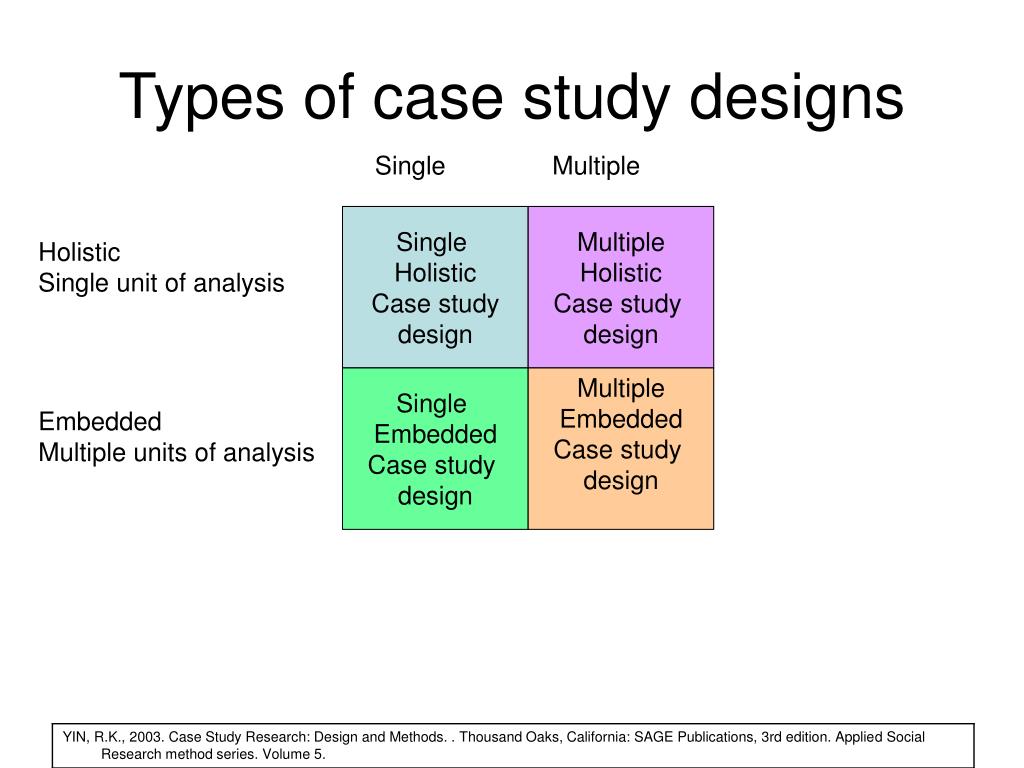Table Of Content

Random Allocation - A process involving chance used in therapeutic trials or other research endeavor for allocating experimental subjects, human or animal, between treatment and control groups, or among treatment groups. The exposure-odds ratio for case control data is the ratio of the odds in favor of exposure among cases to the odds in favor of exposure among noncases. The disease-odds ratio for a cohort or cross section is the ratio of the odds in favor of disease among the exposed to the odds in favor of disease among the unexposed. The prevalence-odds ratio refers to an odds ratio derived cross-sectionally from studies of prevalent cases. Longitudinal Studies - Studies in which variables relating to an individual or group of individuals are assessed over a period of time.
Eight questions to ask when interpreting academic studies: A primer for media - Journalist's Resource
Eight questions to ask when interpreting academic studies: A primer for media.
Posted: Fri, 26 Feb 2021 00:19:35 GMT [source]
Study designs: Part 1 – An overview and classification : Perspectives in Clinical Research
A FeaturePaper should be a substantial original Article that involves several techniques or approaches, provides an outlook forfuture research directions and describes possible research applications. The researchers also introduce an exceptionally precise Spectre-style poisoning attack, enabling attackers to induce intricate patterns of branch mispredictions within victim code. “This manipulation leads the victim to execute unintended code paths, inadvertently exposing its confidential data,” said UC San Diego computer science Professor Dean Tullsen. Their research has resulted in Intel and Advanced Micro Devices (AMD) addressing the concerns raised by the researchers and advising users about the security issues.
Observational versus interventional (or experimental) studies

Emeritus is committed to teaching the skills of the future by making high-quality education accessible and affordable to individuals, companies, and governments around the world. It does this by collaborating with more than 80 top-tier universities across the United States, Europe, Latin America, Southeast Asia, India and China. Emeritus’ short courses, degree programs, professional certificates, and senior executive programs help individuals learn new skills and transform their lives, companies and organizations.

Related Articles
In addition to the number and choice of response options offered, the order of answer categories can influence how people respond to closed-ended questions. Research suggests that in telephone surveys respondents more frequently choose items heard later in a list (a “recency effect”), and in self-administered surveys, they tend to choose items at the top of the list (a “primacy” effect). In most circumstances, the number of answer choices should be kept to a relatively small number – just four or perhaps five at most – especially in telephone surveys.
One of the earliest clinical trial studies was performed by James Lind et al in 1747 on sailors with scurvy.12 Lind divided twelve scorbutic sailors into six groups of two. The group who ate two oranges and one lemon had shown the most sudden and visible clinical effects and were taken back at the end of 6 days as being fit for duty. During Lind's time, this was not accepted but was shown to have similar results when repeated 47 years later in an entire fleet of ships. Based on the above results, in 1795 lemon juice was made a required part of the diet of sailors. Thus, clinical trials can be used to evaluate new therapies, such as new drug or new indication, new drug combination, new surgical procedure or device, new dosing schedule or mode of administration, or a new prevention therapy. Today, the prestigious academic journal JAMA Internal Medicine published an article on the association between eating whole grains and having a lower risk of death from cardiovascular disease.
Keep in mind that when it comes to research, it’s important to manage your risks and play as conservatively as possible. If your entire project relies on you achieving a huge sample, having access to niche equipment or holding interviews with very difficult-to-reach participants, you’re creating risks that could kill your project. So, be sure to think through your choices carefully and make sure that you have backup plans for any existential risks.
What Are the Various Types of Clinical Study Designs?
Therefore, there will be two subjects in one group and two subjects in the other group.17 The disadvantage with this methodology is that there is still a component of predictability in the selection of subjects and the randomization of prognostic factors is not performed. However, it helps to control the balance between the experiment/intervention groups. Once the survey questions are developed, particular attention should be paid to how they are ordered in the questionnaire. Surveyors must be attentive to how questions early in a questionnaire may have unintended effects on how respondents answer subsequent questions.
Other Articles on Product Management
The researcher identifies participants who have developed the outcome of interest (cases) and chooses matching participants who do not have the outcome (controls). Matching is done based on factors that are likely to influence the exposure or outcome (e.g., age, gender, socioeconomic status). If cases have a higher incidence of exposure than controls, it suggests an association between exposure and outcome. Case–control studies are relatively quick to conduct, need limited resources, and are useful when the outcome is rare.
Hierarchical network meta-analysis models for synthesis of evidence from randomised and non-randomised studies ... - BMC Medical Research Methodology
Hierarchical network meta-analysis models for synthesis of evidence from randomised and non-randomised studies ....
Posted: Sat, 22 Apr 2023 07:00:00 GMT [source]
Question wording
Information bias is when a systematic error is committed while obtaining data from the study subjects. This can be in the form of recall bias when subject is required to remember certain events from the past. Typically, subjects with the disease tend to remember certain events compared to subjects without the disease. Observer bias is a systematic error when the study investigator is influenced by the certain characteristics of the group, that is, an investigator may pay closer attention to the group receiving the treatment versus the group not receiving the treatment. One of the ways to decrease observer bias is to use blinding (discussed in section “Blinding”). Blinding is especially important in studies where subjective response are considered as outcomes.
In forward-directed studies, the direction of enquiry moves from exposure to outcome. In backward-directed studies, the line of enquiry starts with outcome and then determines exposure. Observational studies can be either descriptive (nonanalytical) or analytical (inferential) – this is discussed later in this article. The aim is to provide a snapshot of some of themost exciting work published in the various research areas of the journal. Feature papers are submitted upon individual invitation or recommendation by the scientific editors and must receivepositive feedback from the reviewers. Feature papers represent the most advanced research with significant potential for high impact in the field.
Whereas, in a prospective study, the participants are tested over a period of time to determine which participants develop the proposed outcome(s). While designing cohort studies it is very important to conduct regular and timely follow-ups. This study involves a comparison between a group of participants having the disease (cases) and another group of participants without the disease (control). The study is retrospective in nature as it begins with an outcome and then traces back to compare the frequency of exposure to risk factors. The advantages of this design include, simultaneous assessment of multiple risk factors and feasibility to study rare conditions or disease.

No comments:
Post a Comment